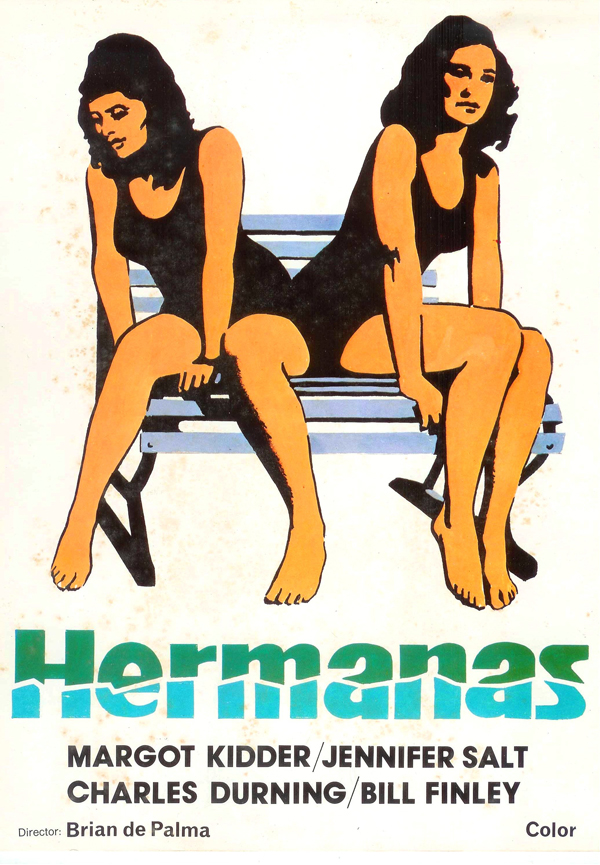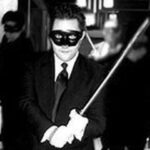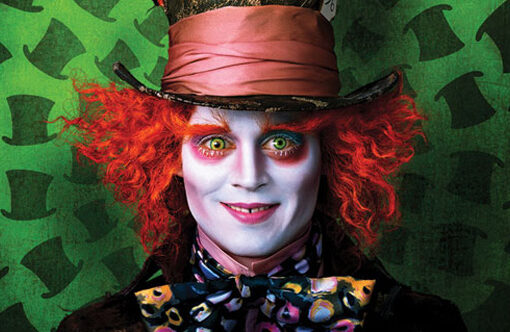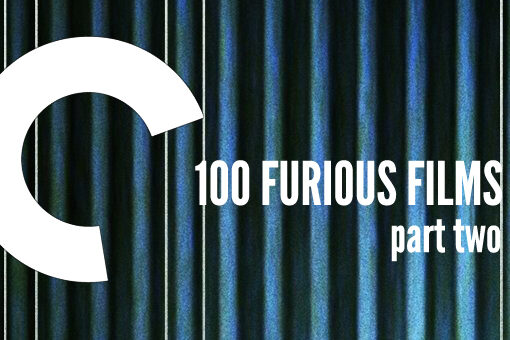Director Brian DePalma began his film career in the late 60s making indie counterculture comedies like The Wedding Party, Greetings and Hi Mom!. In 1973 he took his first step into the realm of horror/thrillers (which he would become best known for) with SISTERS. The idea for the movie was inspired by an article he read about a pair of Russian siamese twins.
Margot Kidder stars as Danielle Breton, a French-Canadian transplant who has been modeling in New York City. We are introduced to her while she participates on a popular TV program called Peeping Toms (clearly inspired by shows like Candid Camera). This is a voyeur based series that has its contestants take part in little games revolving around cognition and deception. Danielle wins the episode and receives a set of cutlery (nice blatant set up there) for her prize. She and her co-contestant Phillip Woode (Lisle Wilson), an ad exec also get free reservations at a swanky restaraunt called The African Room as well. It’s clear that Philip and Danielle have a sexual attraction and he ends up spending the night with her at her apartment on Staten Island. Meanwhile her weaselly ex-husband (William Finley) is trailing them both. He seems to be overly nervous about Danielle’s well being, but it seems like the typical jealousy.
It turns out that Danielle has a dark secret in her past: she was a siamese twin. Her sister Dominique (who was attached to her at the hip), died during an operation to separate them. Since then Danielle has had terrible psychological issues that she must take medication for. The side effects have given her a split personality: a sweet normal self and Dominique the insane, violent half. DePalma would explore this theme of the doppleganger many more times throughout his career in films like Dressed To Kill and Body Double.
DePalma was able to take themes and cinematic language derived from the films of Alfred Hitchcock and put his own twist on them making SISTERS a unique black comedy/horror/psychological thriller all his own. One main highlight was his creative use of split screen sequences (now one of his trademarks) which offered the viewer more information than usual, simultaneously showing different actions which heightened the suspense. While this visual tool had been utilized in films before, DePalma really expanded its boundaries even more. He also successfully juxtaposed the horror aspects with moments of screwball and darkhumor giving this kind of genre movie a unique DePalma stamp.
Being such a fan of Hitchcock’s films, DePalma went to legendary composer Bernard Herrmann to do the score. The story goes that Herrmann was a very moody fellow and the working relationship with he and DePalma was a rocky one. This became clear when DePalma used temp tracks from older Hitchcock films to show Herrmann the kind of music he wanted for his new film. Still, Herrmann still produced a very creepy and special piece of music for SISTERS which gave it even more of an impact.
SISTERS was made for $500,000 and after being released by exploitation producers American International Pictures it brought in $1,000,000 at the box office. DePalma would follow it up with two more horror themed films, one of his most popular cult classics Phantom of The Paradise (1974) and his major breakout hit Carrie in 1976.









